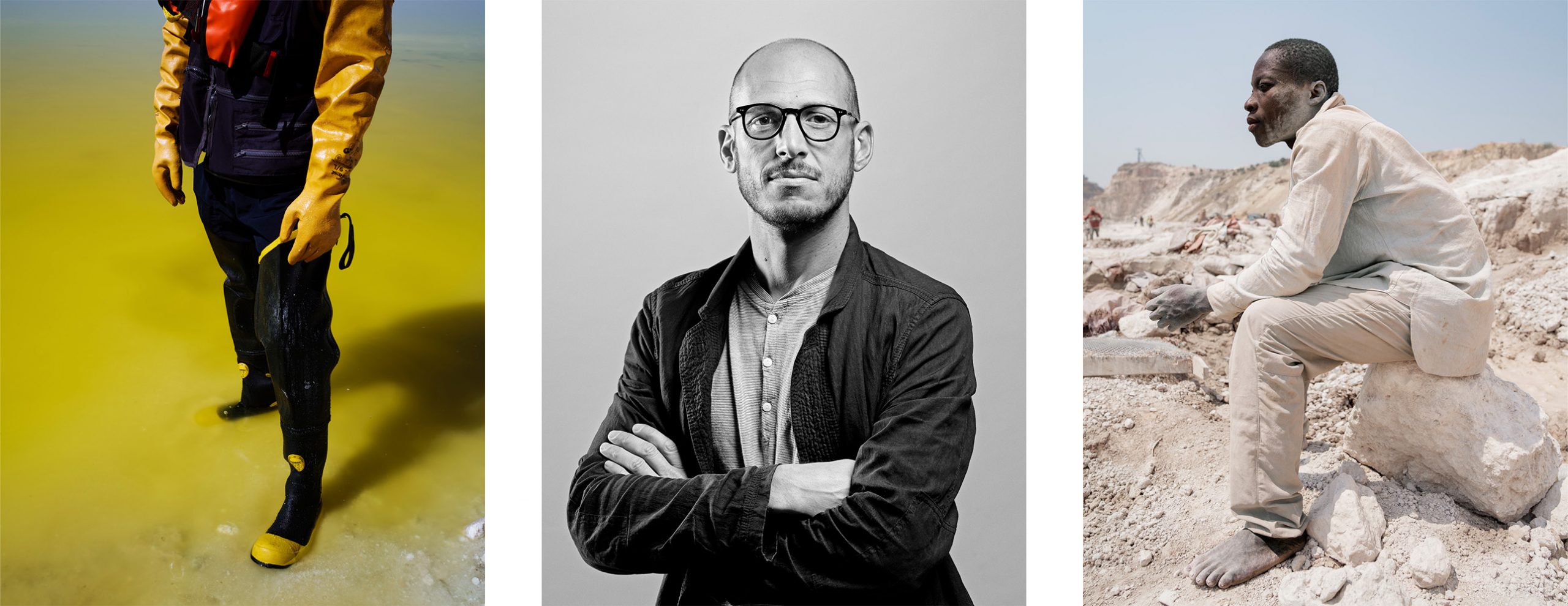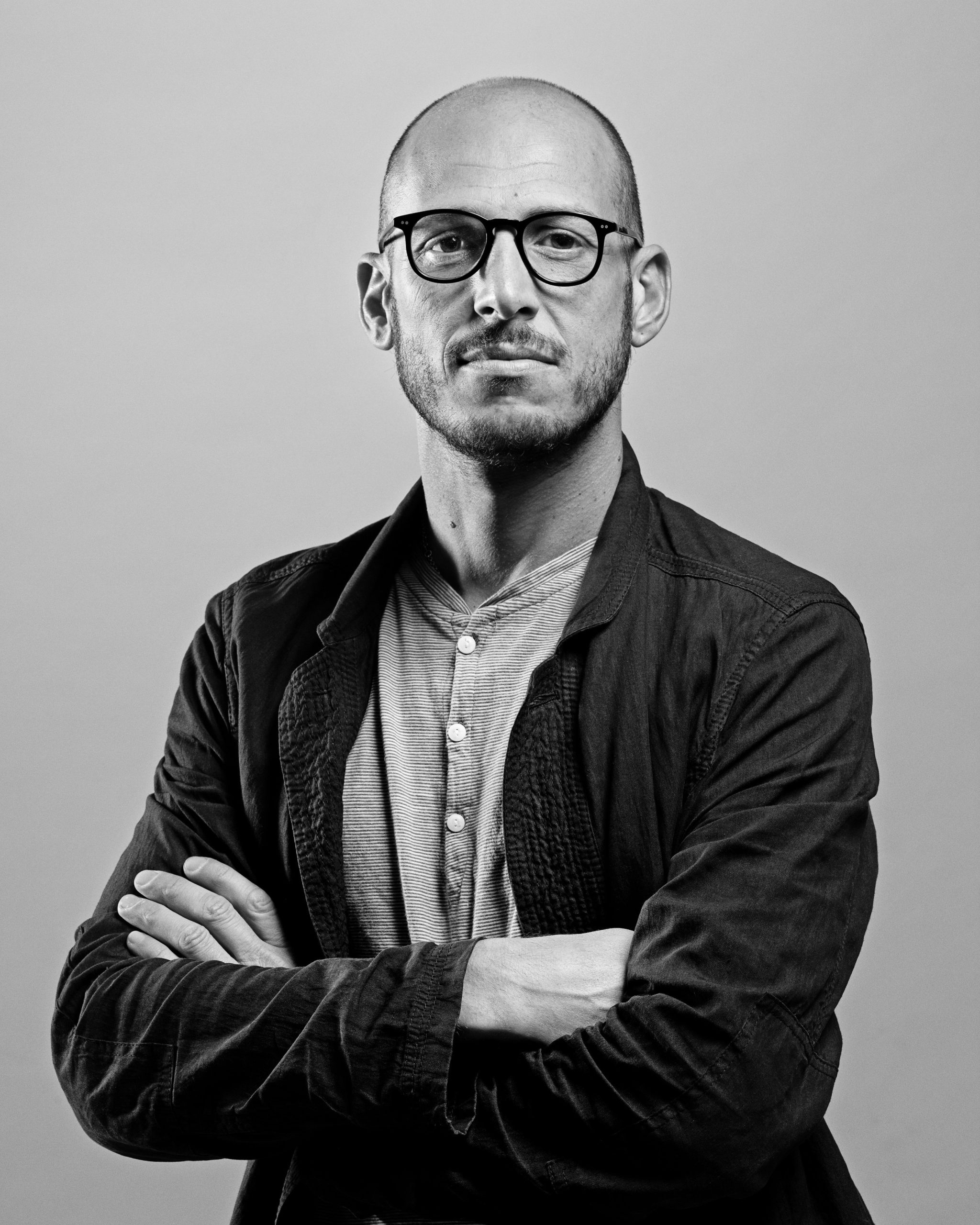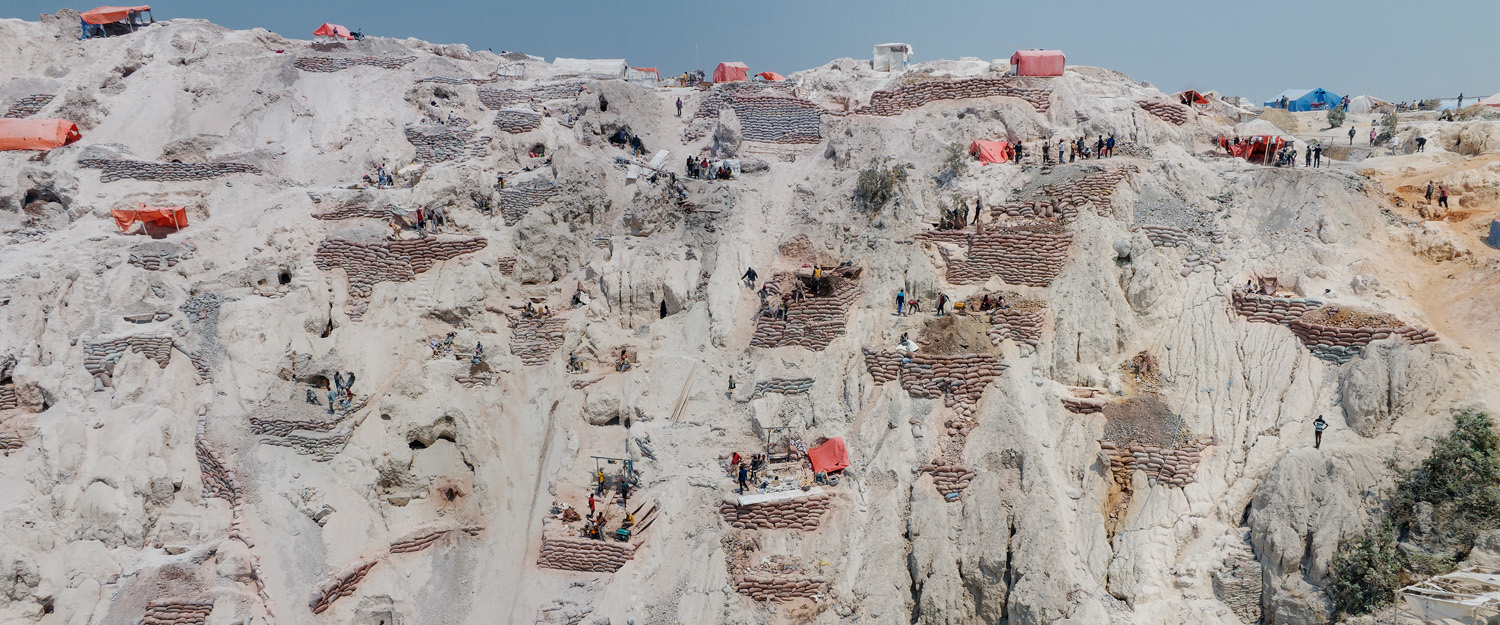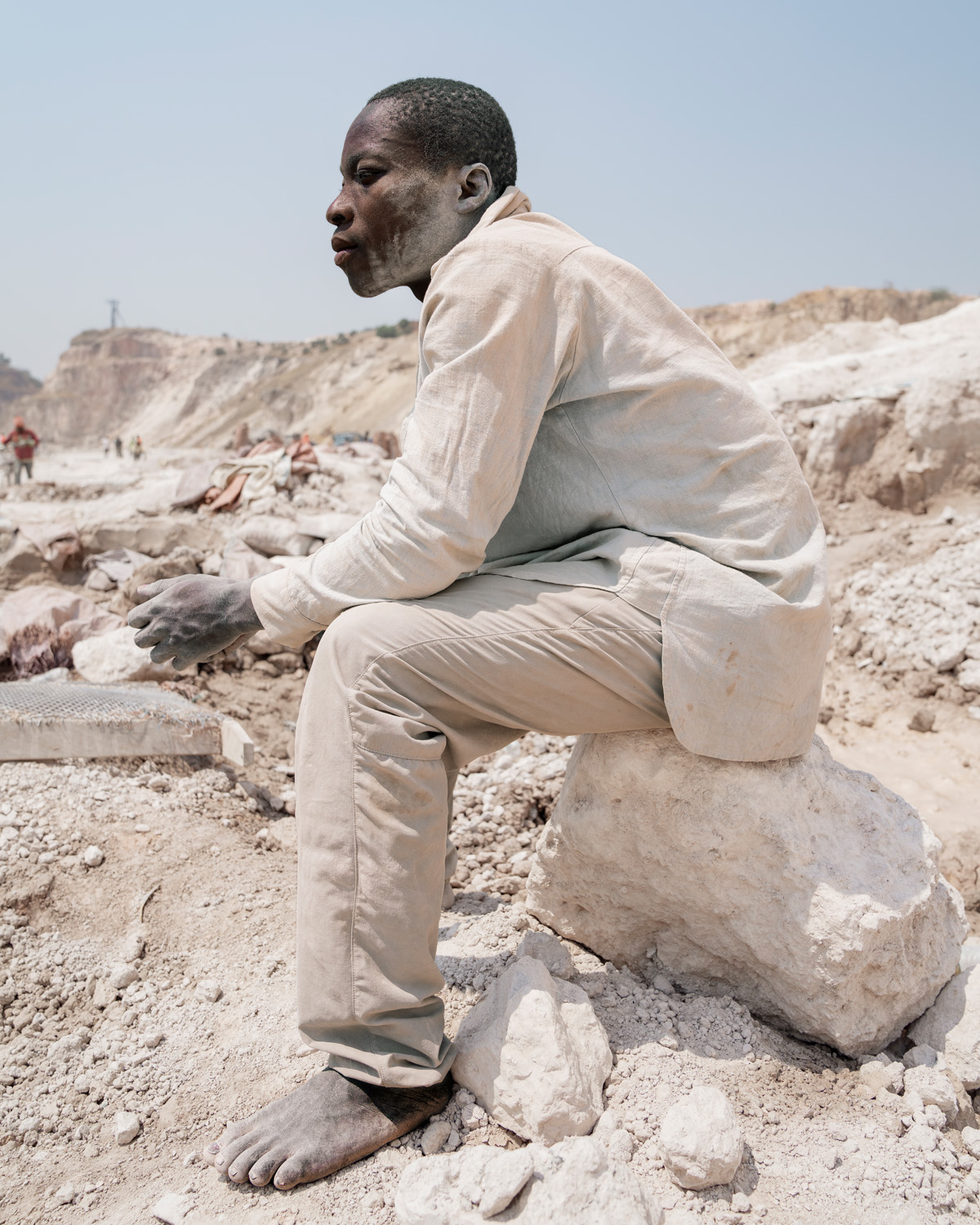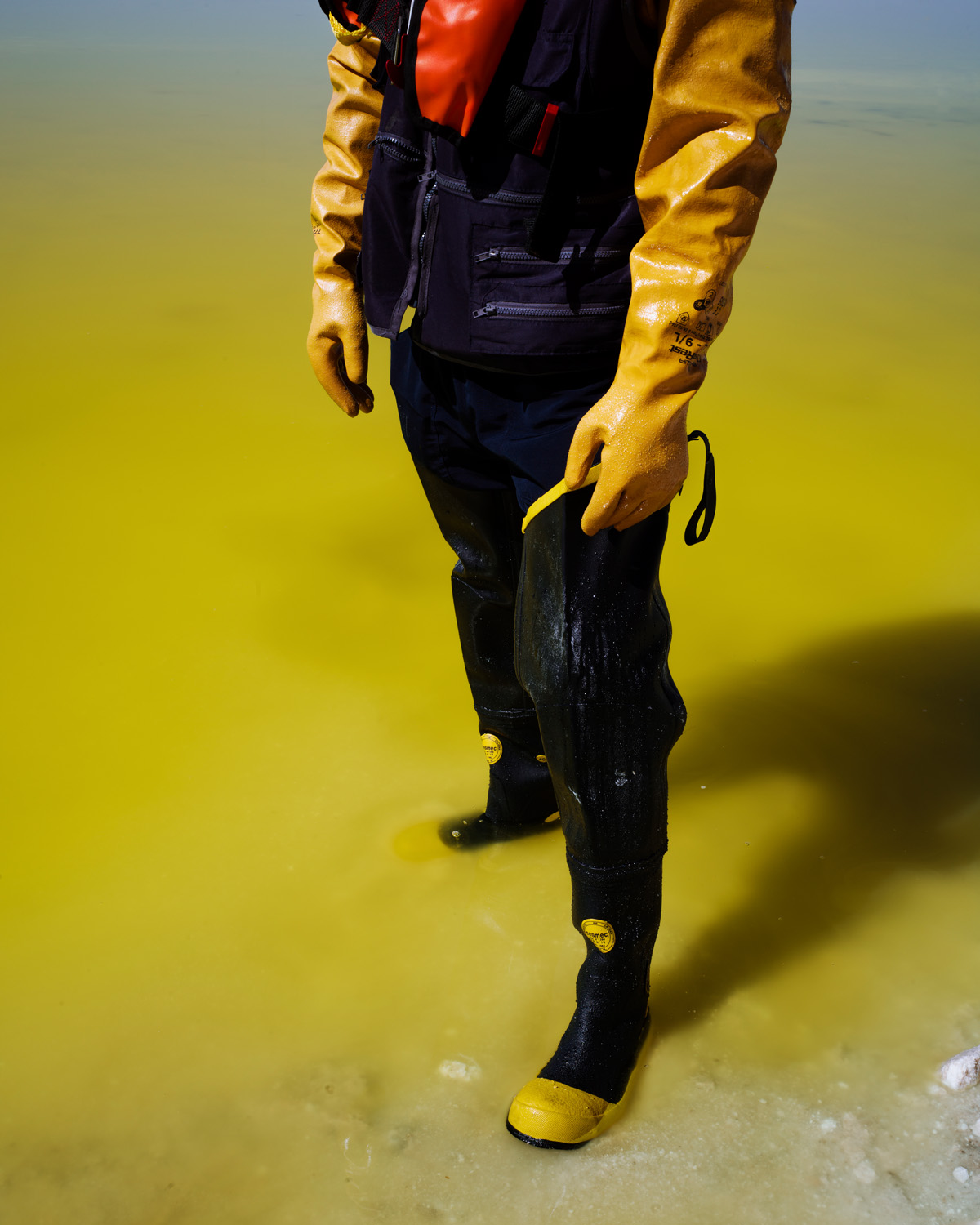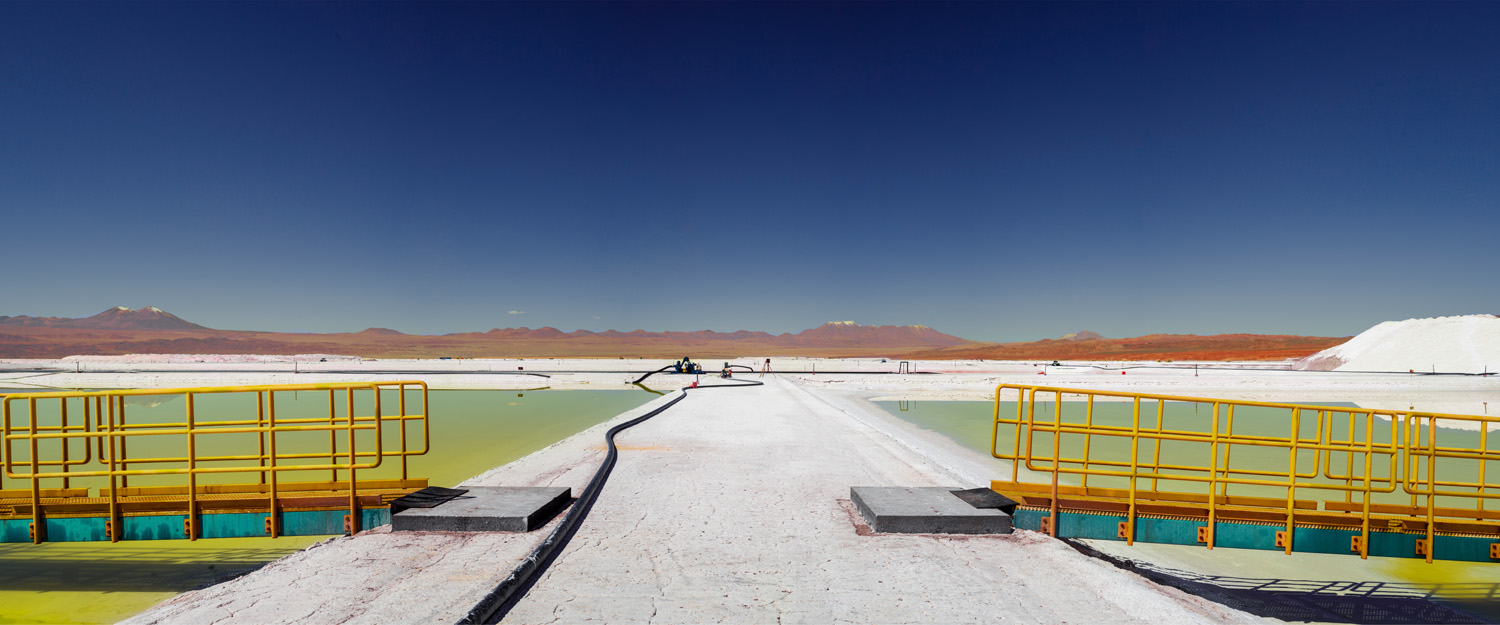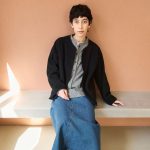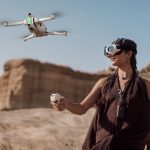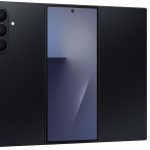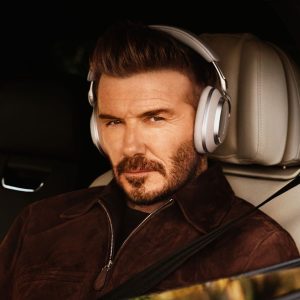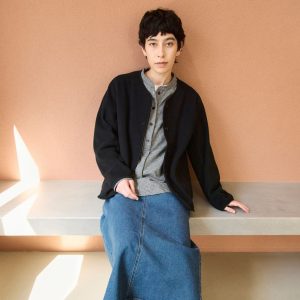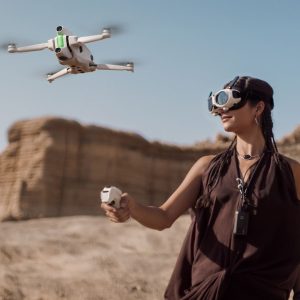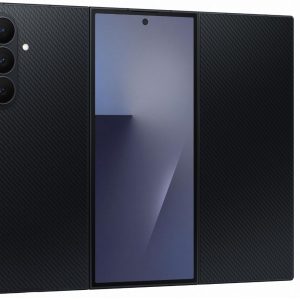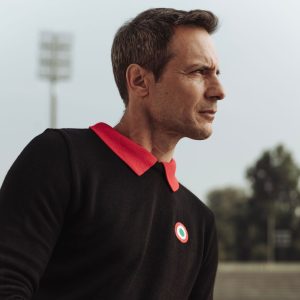On the evening of 10th October 2024, the 44th edition of the prestigious Leica Oskar Barnack Award (LOBA) was presented to Swiss-based photographer, Davide Monteleone. His series titled, “Critical Minerals — Geography of Energy” is an on-going, long-term study where Monteleone questions the current reorientation of the energy towards renewable sources, and the complicated geographical, social and ecological impact they have.
We speak with Monteleone about this extremely relevant topic in today’s world, and the challenges he faced — and is still facing — in covering this through photography.
Davide Monteleone — Leica Oskar Barnack Award Winner 2024
Above: portrait of davide monteleone / © Lorenzo Poli / LOBA 2024
ADELE: Being the LOBA winner of 2024, what does this mean for you?
DAVIDE: When you get inside the Ernst Leitz Museum in Leitz-Park Wetzlar, there is a series of photos of previous winners. So when I start from the first one, they’re like great masters that I admire — and I still admire — and I learned from them. When I started being a photographer, the last row of LOBA winners… they’re all my friends. So there is an evolution in that, I’m waiting to see my photo in there; to become part of this family that’s just really behind the camera. It’s a brand that built the fundamental history of photography. So you know, it’s like being part of history of photography out of the blue.
A: What prompted you to focus on the subject of this photo series, “Critical Minerals – Geography of Energy”?
D: I was interested in this process that all the world is going through, of like, going green, having the problem of climate change. And I wanted to see what could be the problematic transition into green energy and net zero and so on. So I was just curious for myself, and I’ve been interested in this for the past 10 years — about all this kind of global, geopolitical, economical subjects; it’s interesting.
Above: Cobalt mining. View on the open tunnels dug manually, Kolwezi, Democratic Republic of the Congo (DRC) 2023 from the series Critical Minerals – Geography of Energy / © davide monteleone / loba 2024
A: Can you share some significant moments and discoveries while working on this project.
D: I think one of the discoveries, which was not really like on the field, but mostly during the research, was discovering that Switzerland owns a large part of cobalt that is extracted in Congo. And this goes for many other things. The problem with this kind of raw material is that there’s the possibility of repeating the same mistakes that had happened in the past; but with other kinds of resources — mainly as a new form of colonialism you have in the Western world, who is getting resources from a developing world and exploiting them.
Above: Cobalt mining. Portrait of a miner, Kolwezi, Democratic Republic of the Congo (DRC) 2023 from the series Critical Minerals – Geography of Energy / © davide monteleone / loba 2024
A: What have you discovered about the people working at these sites?
D: I don’t think my work is that intimate; I don’t get that close to specific individuals. Maybe sometimes I do, but not in the professional sense. I may become friends with someone that I met during a specific trip, but this doesn’t include the professional side of my work. My photography looks at the problem from a very large perspective. What I’m learning is about something that has to do with humans in general, not with a specific individual or a specific group.
Above: Worker collecting samples from a lithium pond, Albemarle Facility, Chile 2023 from the series Critical Minerals – Geography of Energy / © davide monteleone / loba 2024
A: What was your shooting style and set-up for this project?
D: I used a tripod. I put myself on a field with a tripod in a scene; it’s like going to a theatre, you see something that you like, and then you just wait for action. I don’t go very close to people. I used to do it, but I’m just like, I don’t feel comfortable [doing that] anymore.
Above: Aerial view of lithium evaporation ponds, Albemarle Facility, Chile 2023 from the series Critical Minerals – Geography of Energy / © davide monteleone / loba 2024
I also used a medium format camera and a drone as well. I use anything possible to get the shot. For drones, sometimes we dismantle it; we break it into pieces, and then we put the different pieces in different bags. Sometimes that’s needed.
Above: Artisanal mining of the COMIAKOL cooperative in the Mutoshi concession, Kolwezi, Democratic Republic of the Congo (DRC) 2023 from the series Critical Minerals – Geography of Energy / © davide monteleone / loba 2024
—————————————————————————
The LOBA Newcomer Award was given to Moldovan photographer, Maria Guțu for her “Homeland” series.
Her touching portraits are a poetic and visual narrative about the meaning of roots and of home. She showcases pictures from Moldova’s villages where she grew up with her grandparents; her parents — like many others in her homeland — had to move abroad for economic reasons. Guțu’s pictures of her country depict a deep connection with the land, animals and people; in particular, the children who are experiencing the same reality of emigration of their parents as she did. It’s a nostalgic and moving photographic story portrayed in her work.
Maria Guțu — Leica Oskar Barnack Award Newcomer Winner 2024
Above: portrait of maria Guțu / © maria Guțu / LOBA 2024
ADELE: Tell us about your childhood growing up in Moldova.
MARIA: It was very beautiful. There’s a lot of nature. I was with my grandparents and we had a park close to the house, so I spent a lot of time in nature. Also, I was playing a lot with the neighbours. We would climb trees and fight; it was very funny. So it was very lovely. And during my childhood, I began to understand nature and people, and to observe them.
A: What fascinates you about photography?
M: I can go anywhere if I’m interested in something, and because I’m a photographer, I have a camera and I have access to something, but if I have another profession, I will not have this access. So it’s like discovering the world and something that I’m interested in.
A: Your portrait series is in black and white. Do you also shoot in colour?
M: Yes, I also shoot in colour. But you know, prices for the colour films, it’s a lot, so black and white is cheaper. This is a good point for me as well. I always loved black and white photography; like the old masters, also the movies. I studied cinematography for four years, and I loved silent movies. And I just love this aesthetic of black and white. And even now, when I see a person that I want to photograph, I see it in black and white.
A: Could you describe your style of photography and your vision when you take photos.
M: I work with the camera — medium format on film; and I think this is also influencing my style, because with film, you’re working slower, and you need time to develop, to scan, and this is very good for me. It fits perfectly. And also, because the camera is a twin lens camera, I’m not putting the camera on the eye, so I can be closer to the person. I can look in their eye and then press the shutter. Also, because the camera is old — from the 70s, people ask about it. They are very curious. And also they are more open to being photographed.
[Click on the images to enlarge.]
the photos from these two winners will be shown as part of an exhibition within the framework of the celebration of photography in wetzlar, germany. After this exhibition, they will be shown in other leica galleries and at photo festivals around the world.
Visit the official Leica Oskar Barnack Award website here.

